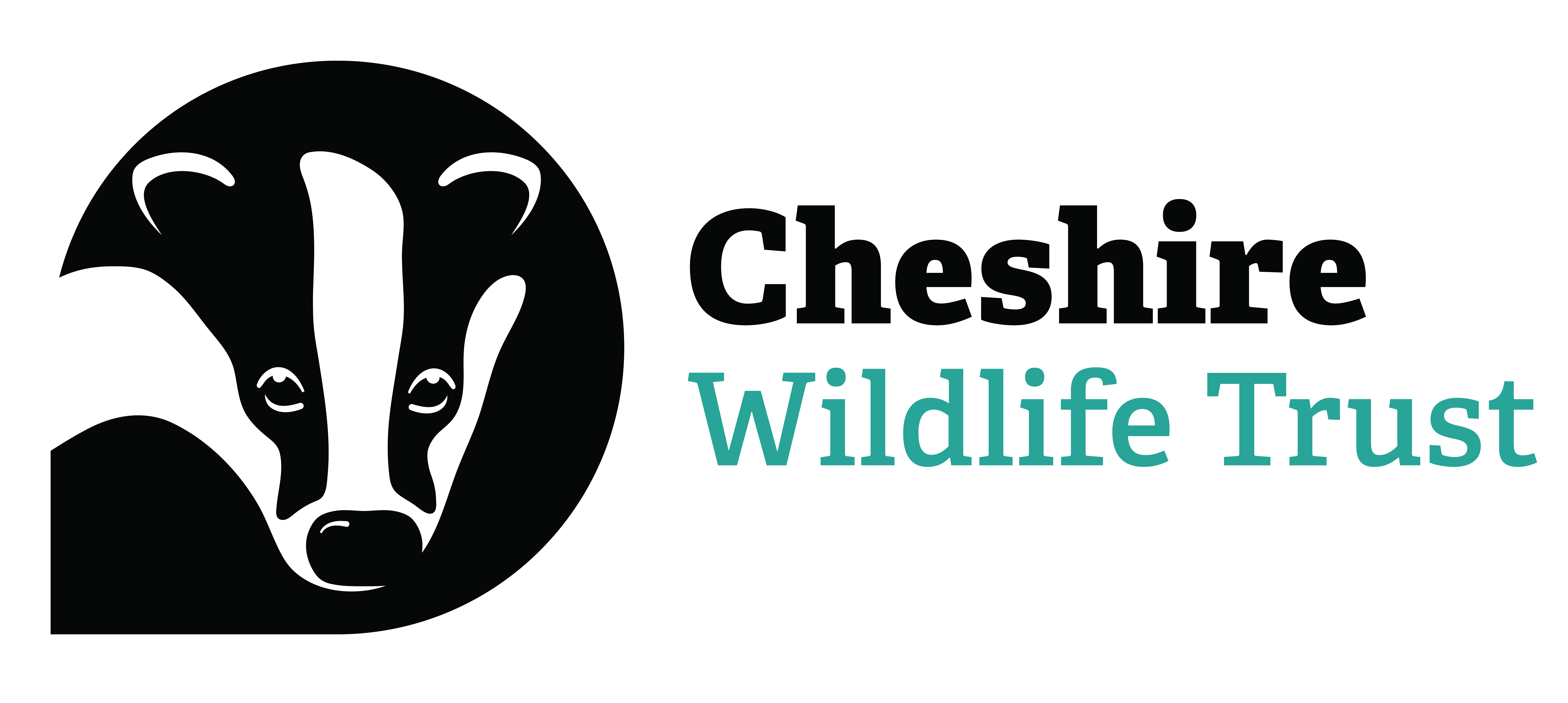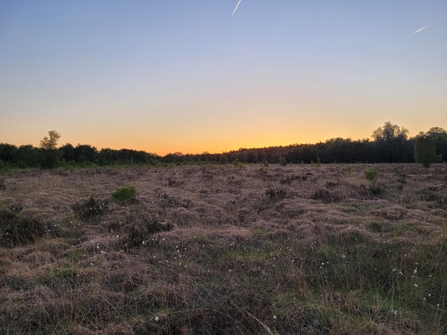Risley, Holcroft and Chat Moss National Nature Reserve spans 529 hectares of internationally important lowland peat habitats. Made up of 11 sites from lowland raised bogs and fen, through to lowland heath, wet woodland and drier woodland habitats, this network will be restored to provide homes for rare species like lapwings, curlew, sundew and adder. This is part of the King’s Series of National Nature Reserves which will ultimately see the designation of 25 National Nature Reserves by 2027 in recognition of His Majesty’s longstanding passion for the natural environment.
Landscape scale recovery
Our Chief Executive, Charlotte Harris, attended the official launch of the new National Nature Reserve at Risley Moss, Warrington on Monday.
“The designation of the Risley, Holcroft and Chat Moss National Nature Reserve marks a powerful moment for nature recovery in the North West. As a site owner at Holcroft Moss, we at Cheshire Wildlife Trust are proud to be part of this pioneering partnership — one that brings together landowners, communities, and conservation organisations under a shared vision for our landscape’s future.”
“Holcroft Moss is one of the region’s last remaining lowland raised bogs — a rare and remarkable habitat that stores carbon, supports endangered wildlife, and helps us tackle the climate and nature crises together. For decades, we’ve worked to restore this site. Now, as part of the new National Nature Reserve, its value will be amplified, protected, and connected.”






